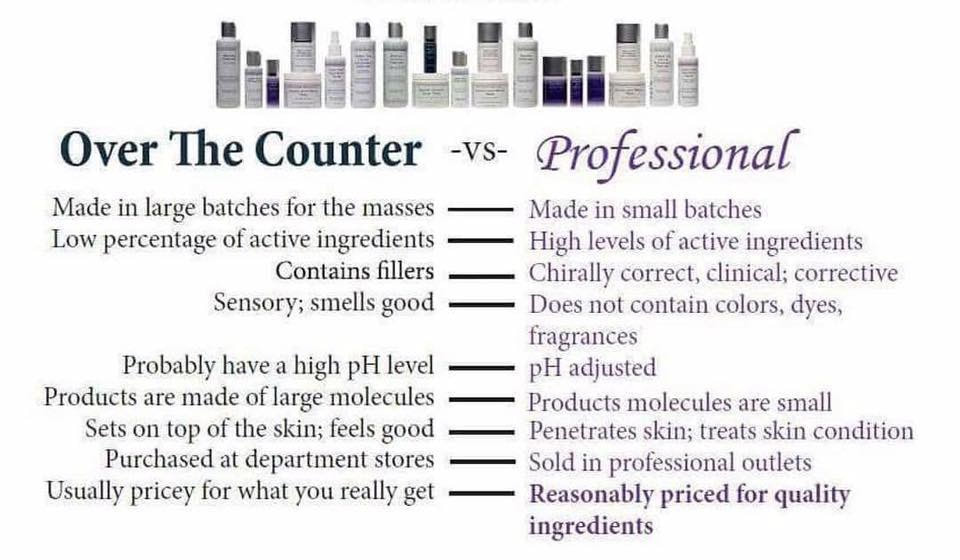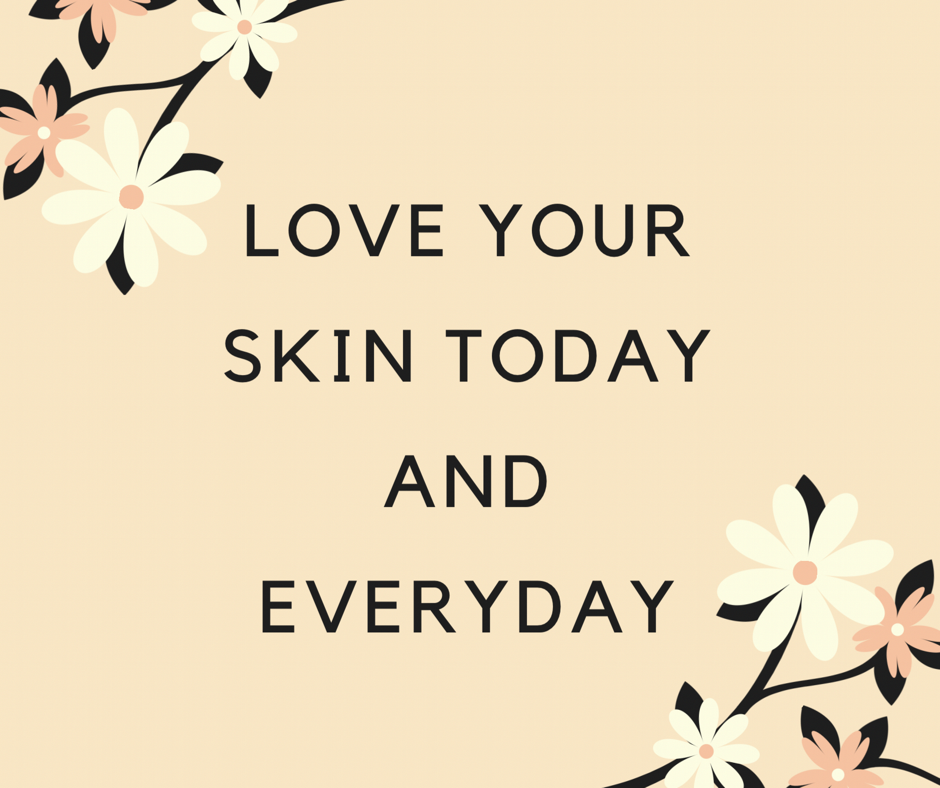|
We've all heard about parabens and how bad they are for our bodies whether they're in our water bottles or skin care products. But what other harmful chemicals may be lurking in our skin care line? Well, actually, there are quite a few. I'm mainly going to focus on one in this blog but keep an eye out for future postings!
Let's start with Polyethylene Glycol, also known as PEG. PEGs are petroleum compounds used in skin care products like moisturizers, sunscreen, cosmetic foundations, facial and body cleansers, etc. Manufacturers use PEGs to help their products absorb deeply into the skin to increase their effectiveness. This isn't necessarily a bad thing, unless you consider the harmful chemicals found in the PEGs that are also being absorbed into your skin. PEGs are widely known to contain pollutants including (but not limited to) ethylene oxide, dioxane, and heavy metals like arsenic, cadmium, lead, nickel, cobalt and iron. PEGs are often followed with a number i.e., PEG-4, PEG-100. The lower the number, the more easily the compound absorbs into the skin. The contaminants often found in PEGs are known carcinogens that have specifically been linked to breast, bladder, stomach and pancreatic cancers, leukemia, as well as Hodgkin's Disease. So let's look at a couple of the most popular skin care products on the market today. I'm limiting this to two products that clients have approached me with in the last week. The first one is CeraVe® Foaming Facial Cleanser. This is a very popular cleanser that you can pick up at Wal-Mart or Walgreens or pretty much anywhere. According to CeraVe's® website, the ingredient deck is as follows: Purified Water, Cocamidopropyl Hydroxysultaine, Glycerin, Sodium Lauroyl Sarcosinate, PEG-150 Pentaerythrityl Tetrastearate and PEG-6 Caprylic/Capric Glycerides, Niacinamide, Propylene Glycol, Sodium Methyl Cocoyl Taurate, Ceramide 3, Ceramide 6-II, Ceramide 1, Hyaluronic Acid, Cholesterol, Sodium Chloride, Phytosphingosine, Citric Acid, Edetate Disodium, Dihydrate, Sodium Lauroyl Lactylate, Methylparaben, Propylparaben, Carbomer, Xanthan Gum Ingredients are listed in order of concentration from highest to lowest, in this example, this product is comprised primarily of Purified Water (not uncommon). However, notice the PEGs listed towards the top of the ingredient deck #4 and #5 on the list. WOW! It's also noteworthy to mention the parabens....eeeek....we don't want those on our skin do we? Let's compare that cleanser to the Pumpkin Cleanser in our Rhonda Allison® Skin Care line. Ingredients are as follows: Aqua (Water), Glycerin, Cocamidopropyl Betaine, Sodium Cocoamphoacetate, Lauryl Glucoside, Glycol Distearate, Coco-Glucoside, Glyceryl Oleate, Acrylates Copolymer, Sodium Cocoyl Glutamate, Sodium Lauryl Glucose Carboxylate, Cocamidopropyl Hydroxysultaine, Lactic Acid (L), Beta-Carotene (D), Cucurbita Pepo (Pumpkin) Seed Oil, Zingiber Officinale (Ginger) Root Oil, Eugenia Caryophyllus (Clove) Leaf Oil, Cinnamomum Cassia Leaf Oil, Limnanthes Alba (Meadowfoam) Seed Oil, Hamamelis Virginiana (Witch Hazel) Water, Alcohol, Benzyl Alcohol, Phenoxyethanol, Ethylhexylglycerin, Sodium Hydroxide Notice: NO PEGs, NO Parabens and NO Sodium Lauryl Sulfates (we haven't even touched on those naughty additives) Also take note of the Lactic Acid (L) the "L" donates a chirally corrected acid. This is important to note when considering active cleansers, but that will come in a different blog. The second product I want to look at is Rodan+Fields® Lash Boost. We all LOVE long eyelashes so it is understandable that this product is becoming increasingly popular, in contrast to my popularity among my R&F friends after this post ;) According to Rodan & Fields'® website the ingredient deck is as follows: Water/Aqua/Eau, Butylene Glycol, Hydroxyethylcellulose, Keratin, Hydrolyzed Keratin, Biotin, Sodium Hyaluronate, Isopropyl Cloprostenate, Octapeptide-2, Allantoin, Panthenol, Copper Tripeptide-1, Pantethine, Polypeptide-23, Cucurbita Pepo (Pumpkin) Seed Extract, Glycerin, Sea Water, Malus Domestica Fruit Cell Culture Extract, Hydrolyzed Glycosaminoglycans, Prunus Amygdalus Dulcis (Sweet Almond) Fruit Extract, Backhousia Citriodora Leaf Oil, Dipotassium Glycyrrhizate, Rhizobian Gum, Styrene/Acrylates/Ammonium Methacrylate Copolymer, Xanthan Gum, PVP, Lecithin, PEG-12 Dimethicone, Alcohol Denat., Chlorphenesin, Phenoxyethanol, Sorbic Acid, Sodium Hydroxide. We can see the PEG-12 is towards the bottom of the ingredient deck which is good, but to think that you are putting that directly onto your eyelid so close to your eye.....sounds scary to me! Let's compare that one to Allergan's® Latisse. The ingredient deck listed on Allergan's® website is as follows: Active ingredient: bimatoprost and the inactive ingredients are: benzalkonium chloride; sodium chloride; sodium phosphate, dibasic; citric acid; and purified water. This may be a bit of a lengthy blog post but it is very important to know your ingredients, know what harmful additives me be in your skin care and be able to make informed decisions about your daily regimen. If you ever have any questions, feel free to call or stop by BeLiz MedSpa.
0 Comments
Your comment will be posted after it is approved.
Leave a Reply. |
Love Your Skin#BeLizMedSpa #skingym #loveyourskin #microneedling #EclipseMicropen #chemicalpeel #RhondaAllison
Call today to schedule your free consultation 970-565-5460 AuthorArchivesCategories |
HoursM-F: 9am - 5pm
|
Telephone970-565-5460
|
|


 RSS Feed
RSS Feed